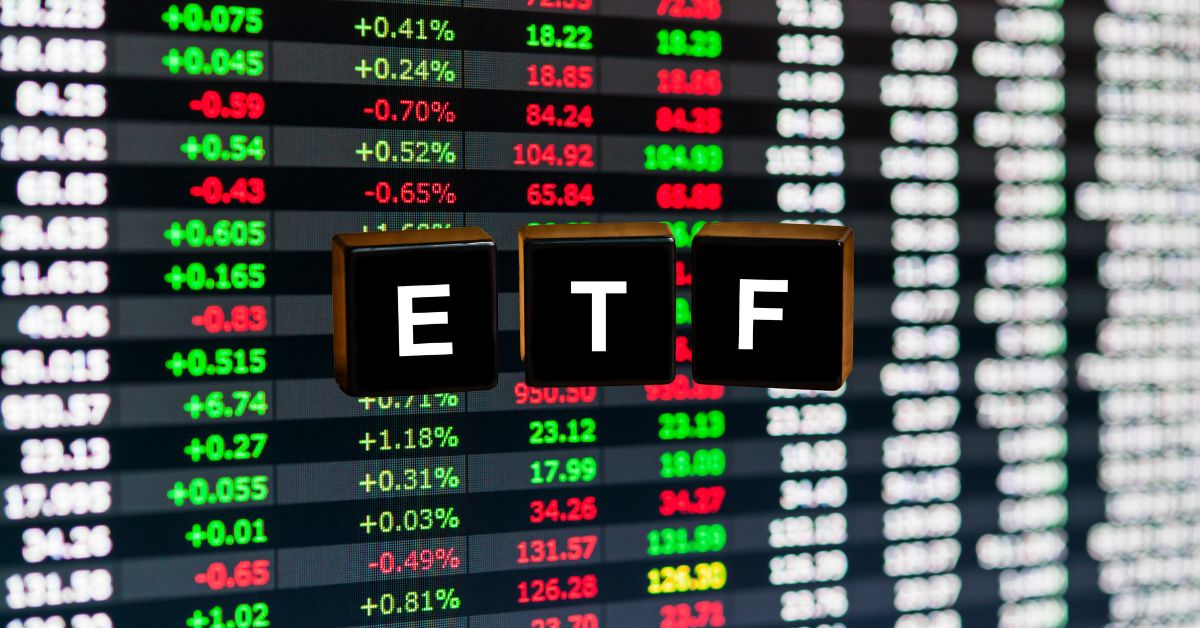
On 4 December 2023, the Singapore Exchange launched new listing requirements for active exchange-traded funds (ETFs).
This is an interesting and novel product which is gaining popularity in other markets, so investors here might be wondering what it is and whether it is suitable for them.
Before going into a discussion of the features of active ETFs and who this product might be suitable for, it’s best to understand what a basic, passive ETF is and how it works.
Benchmark market indices
When it comes to tracking the performance of an entire market or segment of a market, investors tend to look at that market or segment’s benchmark index.
Advertisement
For example, the Straits Times Index or STI is the most recognisable benchmark for the Singapore stock market.
The STI comprises the 30 largest actively-traded stocks listed on SGX such as the three banks, Singapore Telecom, Keppel Corp and Singapore Airlines.
The market value of these 30 is roughly two-thirds the market value of the entire market, hence the STI can reasonably be said to represent all Singapore stocks.
So, if the STI rises or falls, we can say that the Singapore stock market rose or fell.
Over in the US, the Dow Jones Industrial Average also comprises 30 stocks, whilst the S&P 500, as the name implies, has 500 components.
Uses of benchmark market indices
Other than giving investors an idea of how a market or segment is performing, benchmark indices are used to evaluate the performance of funds which are invested in that market or segment.
In other words, a fund or unit trust which is invested in Singapore stocks will likely have its performance measured against an index like the STI or something similar, which could be the Morgan Stanley Capital International Singapore Index.
If the fund makes 15% over a period, then this will be compared with the movement of the index over the same period. If the index rose 10% then the fund can be said to have “outperformed’’ the market.
If however, the benchmark rose 16%, the fund is said to have “underperformed’’ the market.
Enter ETFs
An exchange-traded fund or ETF is a fund that seeks to track a benchmark market index.
Such an instrument appeals to passive investors who are happy to simply “buy the market” instead of having to do research as to which fund is best, or to do stock selection on their own.
In order to “buy the market”, they simply buy the index because the index is assumed to represent the market.
ETFs are listed on an exchange like the SGX and can track stocks, bonds or commodities like gold indices.
For example, there are two ETFs which track the STI that are listed on SGX. There are also several bond ETFs which seek to deliver the returns of underlying bond indices.
Most ETFs are currently passively managed
Most, though not all, ETFs are passively managed. This means that the ETF simply tracks the performance of the underlying index it was designed to follow and doesn’t do anything else.
If for example the STI goes up or down by 1%, the two ETFs, one issued by Nikko AM and the other by State Street Global Advisors (SSGA), will rise and fall by approximately the same amount.
If the parties who maintain and calculate the movements in the STI, namely FTSE Russell, SGX and SPH Media Trust, decide to drop any particular stock from the index and replace it with another, the ETF managers simply do the same.
Stated differently, the two STI ETFs are passively managed – there is no active stock selection on the part of Nikko AM or SSGA who simply follow what the parties responsible for maintaining the STI do to the index.
As such, the fees payable are much lower than say a comparable unit trust which uses the STI as the benchmark to beat. This is one of the appeals of investing in passive ETFs.
In short, you can trade ETFs just like any other stock market instrument such as stocks and bonds.
Excluded Investment Products (EIPs) vs Specified Investment Products (SIPs)
The majority of ETFs listed in Singapore are classified as Excluded Investment Products or EIPs, which means they are easy to understand (like the ETFs which track the STI) and therefore suitable for the average retail investor.
Due to their relative simplicity, there is no need for the retail investor to pass a Customer Knowledge Assessment (CKA) to be able to invest in EIPs.
In contrast, a handful of ETFs are classified as Specified Investment Products or SIPs.
These have more complex features and if you want to buy and sell SIPs listed on an exchange such as structured warrants and daily leveraged certificates, you need to go through a Customer Account Review (CAR) before opening an account.
If you want to buy and sell SIPs that are not listed on an exchange such as structured notes, you similarly need to get through a Customer Knowledge Assessment (CKA).
ETFs versus Unit Trusts
A unit trust is a fund which pools together investors’ money, which is then invested into a diverse portfolio of assets. This could be equities, or bonds, or a mix of equities and bonds.
Even though you as the investor may be taking a more passive approach by investing in a unit trust, the portfolio is usually actively managed by a fund manager who will charge fees for professional management because he or she will try to outperform a given benchmark index.
As such, unit trusts are typically said to incur higher fees than ETFs because of the manager’s active input (there is after all, a research department that has to be paid which analyses stocks and bonds to buy or sell).
However, this may not apply to all unit trusts so it’s best to check the trust’s fee structure beforehand.
When you buy or sell a unit trust, you do so at its net asset value (NAV) per share, rather than a listed price like for stocks. This is given at the end of the trading day.
So what are active ETFs?
According to SGX, active ETFs are constructed based on the manager’s investment expertise instead of tracking an underlying index, so they offer “investment opportunities to capitalise on potential market inefficiencies and adapt to changing economic environments”.
In other words, whereas a passively managed ETF attempts to track the performance of a benchmark, actively managed ETFs have the opportunity to outperform the benchmark through investment decisions by portfolio managers and research analysts.
In one sense, active ETFs can be viewed as listed unit trusts, except that you can buy and sell throughout the day, unlike unit trusts which publish the NAV at the end of the day. Note that like unit trusts, an active ETF could also underperform as well.
However, active ETFs are said to potentially offer lower cost versus comparable unit trusts.
Last, but by no means least, note that active ETF management is a relatively new trend in the world of ETFs. Many active ETFs have a brief pedigree, which can make it challenging to judge their extended performance.
Are ETFs, whether active or passive, for you?
Both types have their appeals, but both come with risk.
The passively-managed ETF would appeal to a buy-and-hold investor who is content to receive the returns of “the market’’ as represented by the index, or perhaps someone who wishes to trade intraday movements in the market.
The active ETF in the meantime might offer superior returns but could incur more risk as the manager is under pressure to consistently deliver outperformance, in which case he or she may undertake riskier trades.
Whether or not either form is suitable for you therefore would depend on your investment horizon and risk tolerance.





